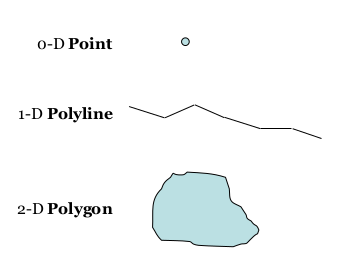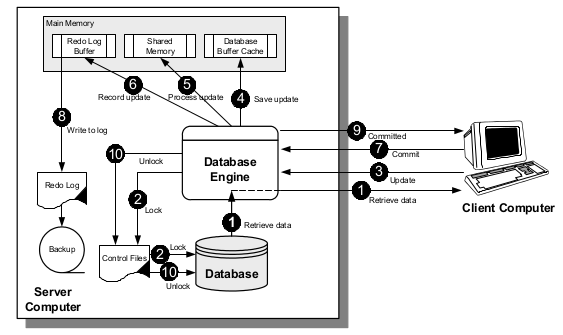Data models help build our mental models as we use information technology to solve complex problems
A complete data model consists of 3 components (Codd 1981):
- Geospatial constructs take the form of data structures
- implemented as a data structure
- Operations that can be performed on those structures to derive information from the data
- implemented using software operations
- Rules for maintaining the integrity of data
- Specifies the constraints on the data structures and/or the software operations




